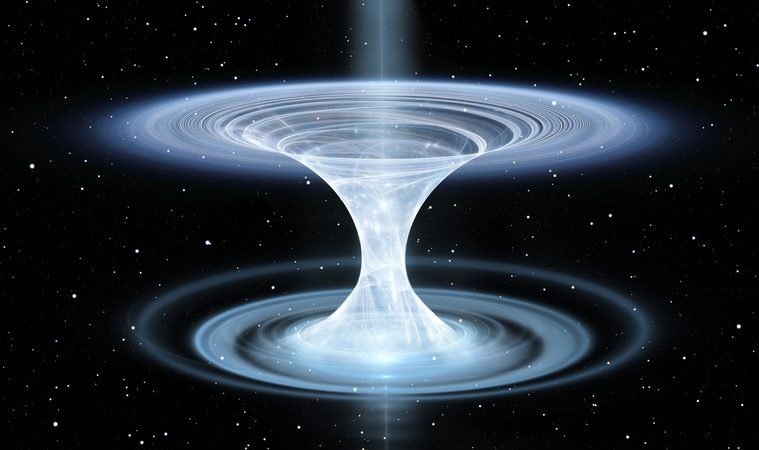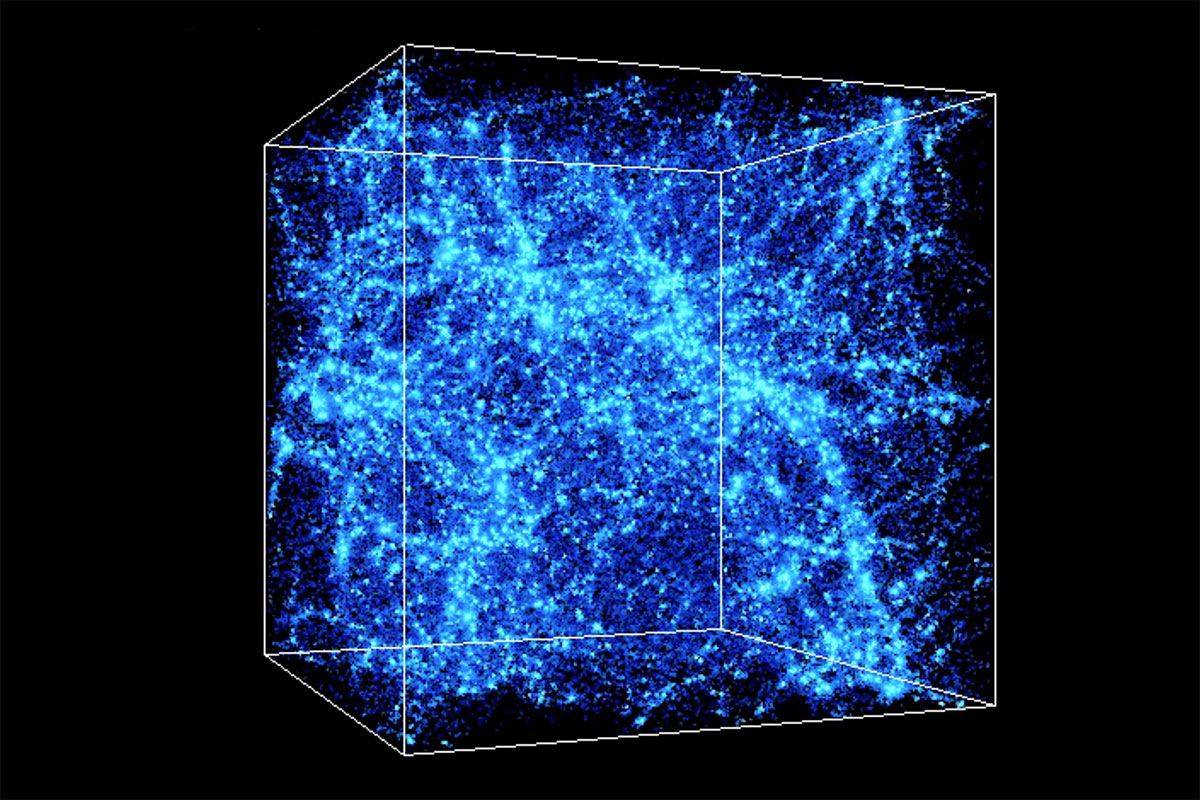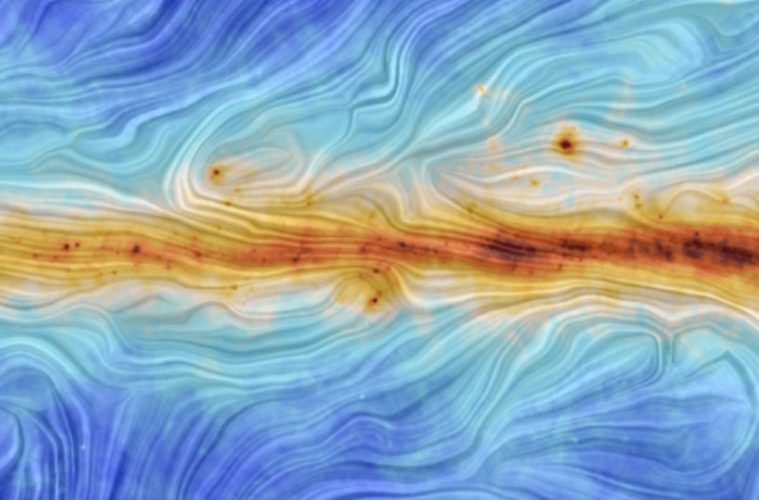Scientists Create A Magnetic “Wormhole” That Connects Two Regions Of Space
by Arjun Walia November 10, 2017 (collective-evolution.com)
• In 2015, scientists in Barcelona created a magnetic wormhole in a lab that tunnels a magnetic field through space. Wormholes are cosmological objects that allow one to create “shortcuts” through space in order to travel vast distances in a shorter period of time.
• Mathematically predicted by his general ‘Theory of Relativity’, Einstein referred to wormholes as “bridges” through space-time.
• Say the scientists, “We experimentally show that the magnetic field from a source at one end of the wormhole appears at the other end as an isolated magnetic monopolar field, creating the illusion of a magnetic field propagating through a tunnel outside the 3D space.”
• “The overall effect is that of a magnetic field that appears to travel from one point to another through a dimension that lies outside the conventional three dimensions.”
• The manufactured wormhole is not [yet] able to transport matter. It’s able to transport a magnetic field from a physical object by having it disappear at one point, and then reappear at another, which is still very significant in the world of science.
• A paper was recently published in the Annals of Physics that offers mathematical evidence that a massive black hole in our galaxy is actually a wormhole. If this is true, it should be possible for humans to navigate it.
• [Editor’s Note] Mainstream science is slowly inching their way toward understanding the physics of technologies commonly used by the more advanced beings for transportation throughout our galaxy known as the “Cosmic Web”.
Wormholes are fascinating (but theoretical) cosmological objects that can connect two distant regions of the universe. They would allow one to create “shortcuts” through space in order to travel vast distances in a shorter period of time. They are predicted by the general Theory of Relativity, and are what Einstein referred to as “bridges” through space-time. Wormholes are mathematically predicted, if not proven, and a new study illustrates how scientists have taken these theoretical anomalies – which many physicists believe to be real – and created one for themselves.
Researchers in Spain, from the physics department at the Autonomous University of Barcelona in 2015, actually created a magnetic wormhole in a lab that tunnels a magnetic field through space.
“Using matematerials and metasurfaces, our wormhole transfers the magnetic field from one point in space to another through a path that is magnetically undetectable. We experimentally show that the magnetic field from a source at one end of the wormhole appears at the other end as an isolated magnetic monopolar field, creating the illusion of a magnetic field propagating through a tunnel outside the 3D space.”
Just to be clear, the manufactured wormhole is not able to transport matter, it’s able to transport a magnetic field from a physical object by having it disappear at one point, and then reappear at another, which is still very significant in the world of science.
The wormhole is invisible to the human eye, but it’s a sphere made up of an outer ferromagnetic surface, an inner superconducting layer, and then a ferromagnetic sheet rolled into a cylinder internally.
Prior to this accomplishment, the researchers were able to create a tunnel to transport magnetic fields. What makes this finding so much more interesting is the fact that again, because of materials used to build the wormhole, they’ve managed to keep the magnetic field completely invisible.
“This result is strange enough in itself, as magnetic monopoles do not exist in nature. The overall effect is that of a magnetic field that appears to travel from one point to another through a dimension that lies outside the conventional three dimensions.”
Alvar Sanchez, the lead researcher, said that the magnetic wormhole is an analogy of the bigger, theoretical gravitational ones that are commonly used in science fiction. Despite this, there is still, according to modern day science, no way to know if similiar magnetic wormholes exist throughout space.
A paper that was recently published in the Annals of Physics offers mathematical evidence that a massive black hole in our galaxy is actually a wormhole. If this is true, it should be possible for humans to navigate it.
“Our result is very important because it confirms the possible existence of wormholes in most of the spiral galaxies.”
FAIR USE NOTICE: This page contains copyrighted material the use of which has not been specifically authorized by the copyright owner. ExoNews.org distributes this material for the purpose of news reporting, educational research, comment and criticism, constituting Fair Use under 17 U.S.C § 107. Please contact the Editor at ExoNews with any copyright issue.


